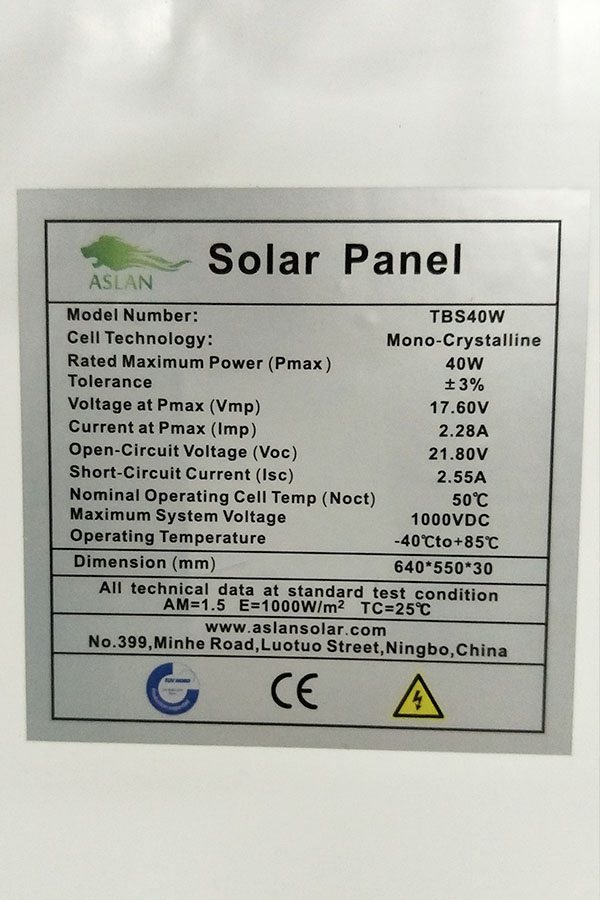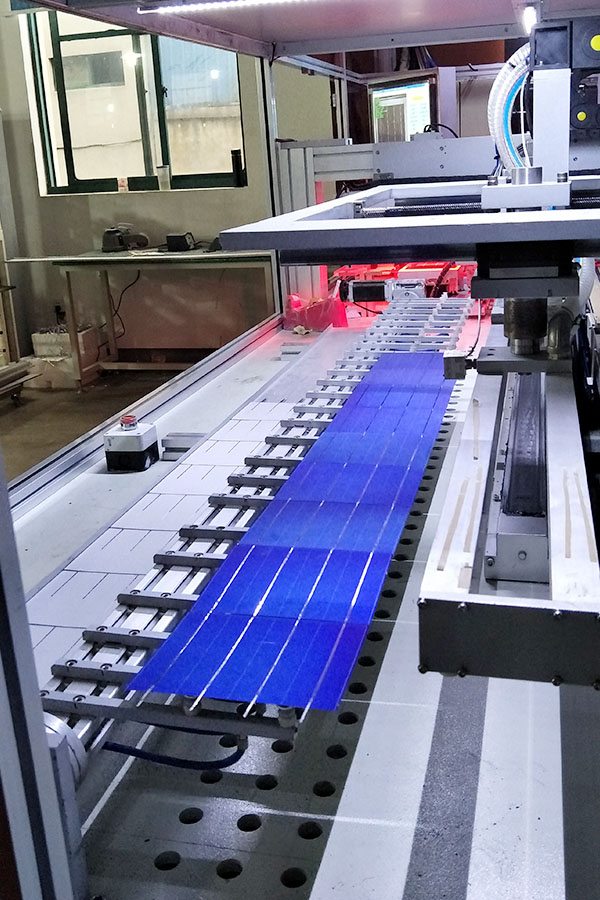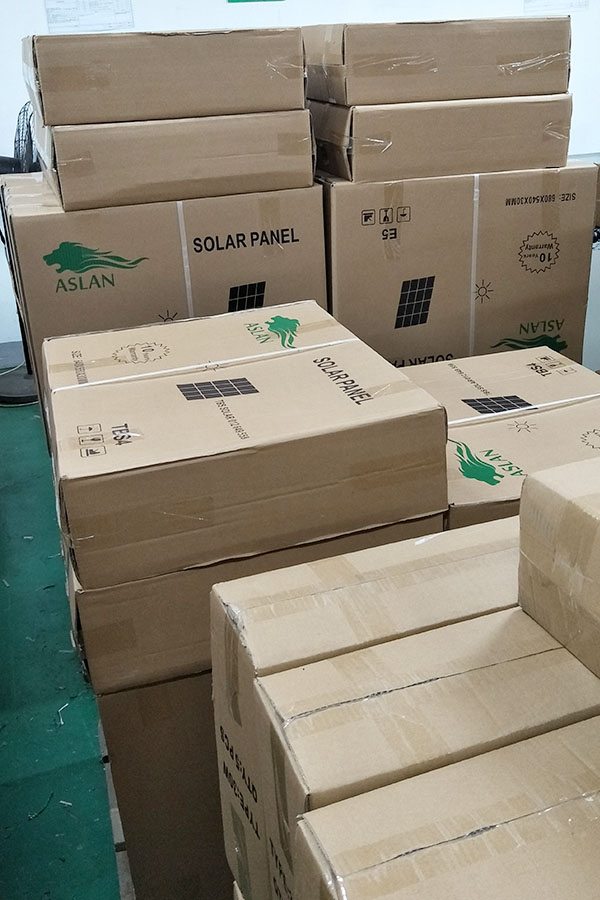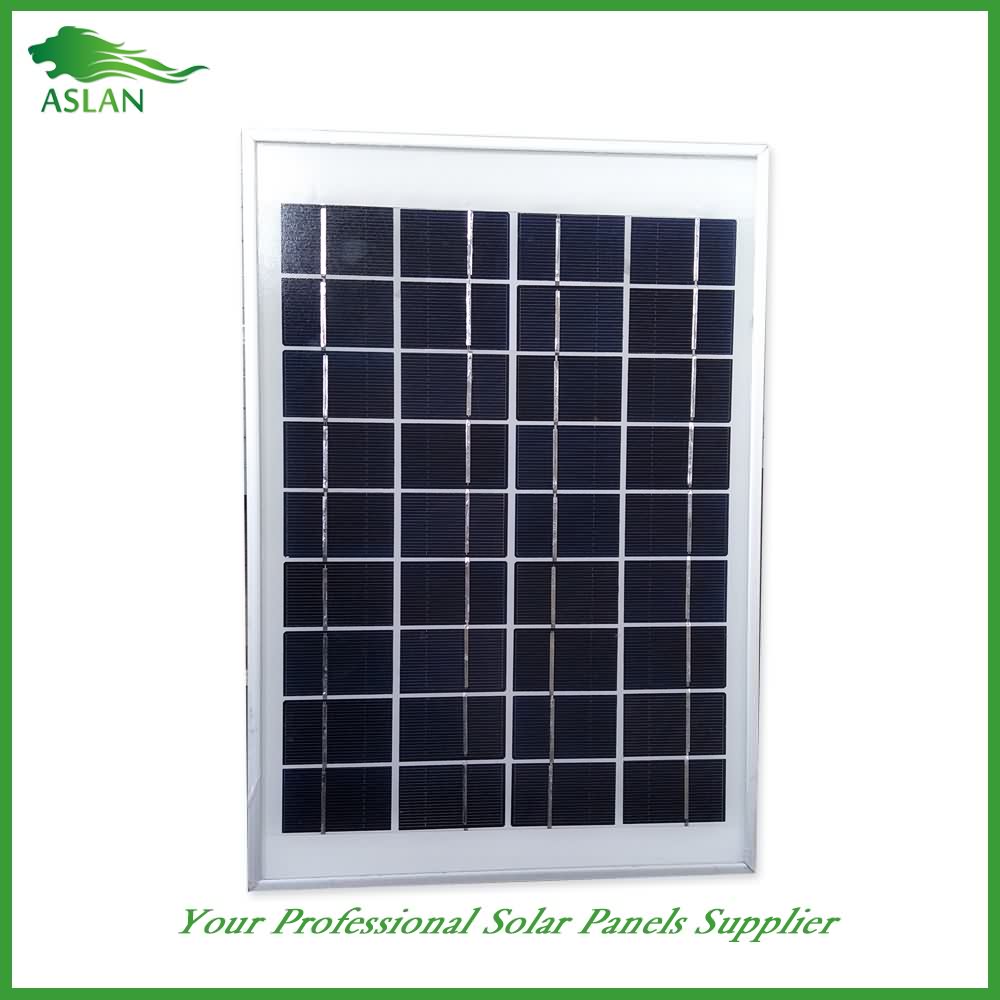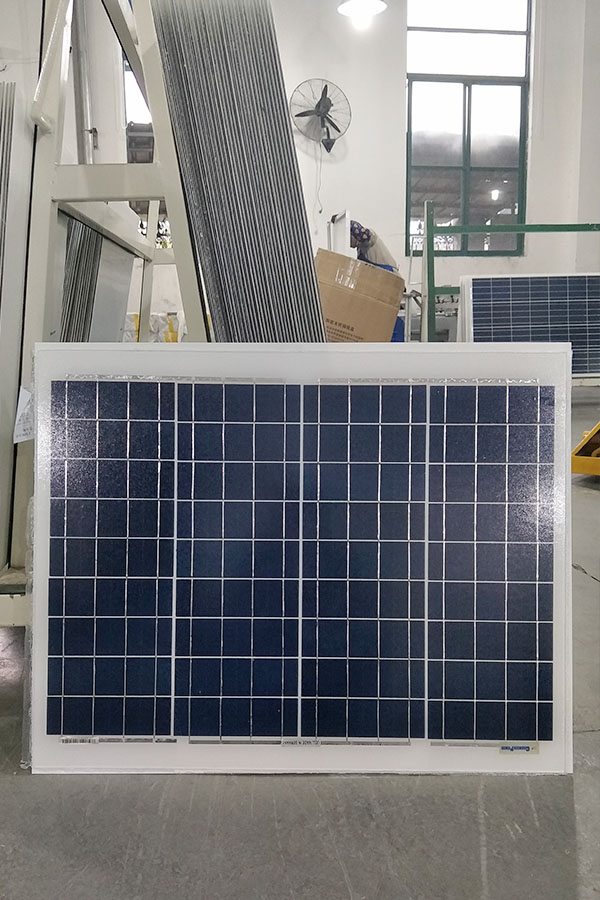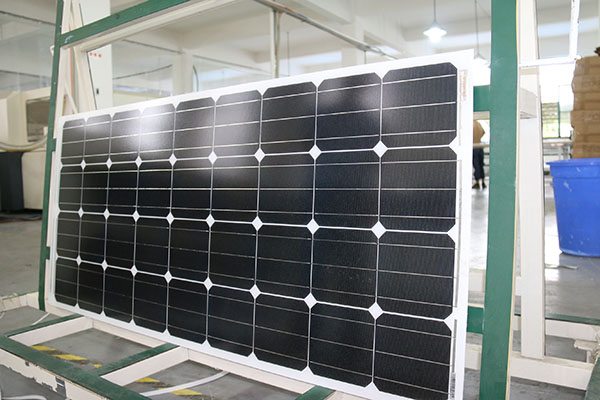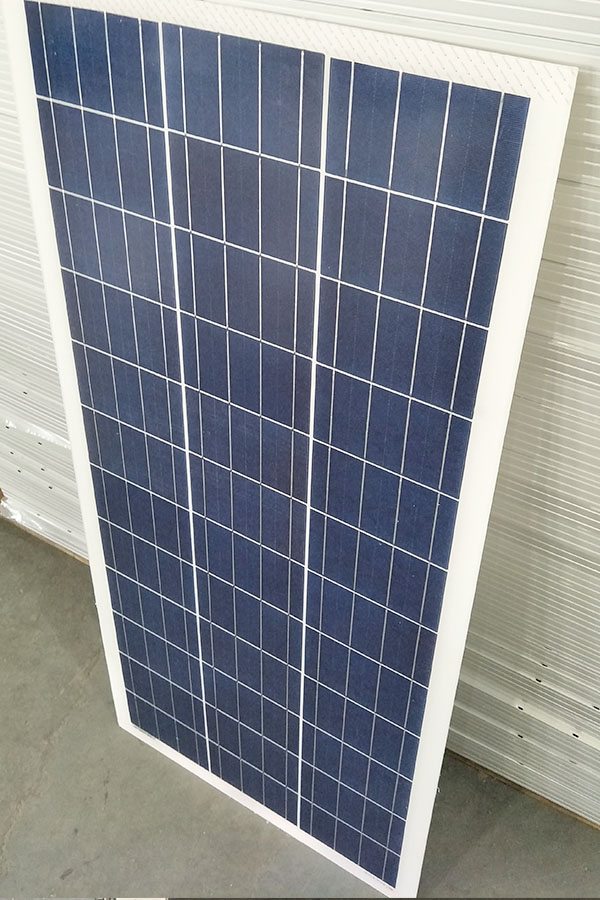China New Product Poly-crystalline Solar Panel 80W to Sao Paulo Manufacturer
Short Description:
We will devote ourselves to providing our esteemed customers with the most enthusiastically thoughtful services for China New Product Poly-crystalline Solar Panel 80W to Sao Paulo Manufacturer, We sincerely welcome all guests to set up business relationships with us on the basis of mutual benefits. Please contact us now. You will get our professional reply within 8 hours.
Poly-crystalline Solar Panel 80W
Technical parameter
Maximum Power(W) 80W
Optimum Power Voltage(Vmp) 18.13V
Optimum Operating Current(Imp) 4.70A
Open Circuit Voltage(Voc) 21.79V
Short Circuit Current(Isc) 5.16A
Mechanical Characteristics
Cell Type Poly-crystalline 156x104mm (6 inch)
No of Cell 36 (4x9pcs)
Dimensions 1008x678x35mm
Weight 8.3KGS
Front Glass 3.2mm,High Transmission, Low Iron,Tempered Glass
Junction box IP65 Rated
Output Cable TUV 1×4.0mm2/UL12AWG,Length:900mm
Temperature and Coefficients
Operating Temperature(°C): -40°C ~ + 85°C
Maximum System Voltage: 600V(UL)/1000V(IEC) DC
Maximum Rated Current Series: 15A
Temperature Coefficients of Pmax: -0.435%
Temperature Coefficients of Voc: -0.35%
Temperature Coefficients of Isc: 0.043%
Nominal Operationg Cell Temperature (NOCT): 47+/-2°C
Materials of solar panel
1).Solar Cell——Poly-crystalline solar cell 156*104mm
2).Front Glass——-3.2mm, high transmission, low iron, tempered glass
3).EVA——-excellent anti-aging EVA
4).TPT——-TPT hot seal made of flame resistance
5).Frame——anodized aluminum profile
6).Junction Box——-IP65 rated, high quality, with diode protection
Superiority: high quality anodized aluminum frame, high efficiency long life, easy installation, strong wind resistance, strong hail resistance.
Features
1. High cell efficiency with quality silicon materials for long term output stability
2. Strictly quality control ensure the stability and reliability, totally 23 QC procedures
3. High transmittance low iron tempered glass with enhanced stiffness and impact resistance
4. Both Poly-crystalline and Mono-crystalline
5. Excellent performance in harsh weather
6. Outstanding electrical performance under high temperature and low irradiance
Quality assurance testing
Thermal cycling test
Thermal shock test
Thermal/Freezing and high humidity cycling test
Electrical isolation test
Hail impact test
Mechanical, wind and twist loading test
Salt mist test
Light and water-exposure test
Moist carbon dioxide/sulphur dioxide
In this video we show how to make a dye sensitized solar cell based on titanium dioxide and anthocyanin found in raspberries.
First get some titanium dioxide (anatase structure), about 0.5g will do. Then mix it with drops of vinegar until it has the consistency of thin paint or liquid corrector fluid. Add a drop of dishwashing detergent. This is to make it stick to the glass.
Now get a piece of indium tin oxide glass. The indium tin oxide glass was purchased from delta technologies http://www.delta-technologies.com/
using a multimeter set to measure resistance, find the conductive side by measuring the resistance of the glass. The side that’s conductive will have a much lower resistance than the non-conductive side.
Tape the glass on three sides onto a flat surface, conductive side up. there should be able 5mm of tape on each edge. The tape will serve as a spacer guide for the titanium dioxide.
Now using a glass rod, apply the titanium dioxide paint to the conductive of the indium tin oxide glass. Slide the rod across the tape so that it smears the paint evenly and smoothly across the glass. If the paint leaves streaks, you need to add more vinegar and try again. It should go on with a smooth coat.
Now let the slide dry on air. Then carefully peel off the tape and get the slide. Use a damp cloth to clean off any excess titanium dioxide that might have oozed around behind the slide or off the edges.
Place the slide, conductive side up, on a hot-plate and heat to 200+ celsius (preferably 550 celsius). The detergent and the vinegar will burn away and bake together the particles of titanium dioxide so that they stick to the glass. At first it will turn yellow and then turn light again as this happens. The whole process takes about 20 minutes.
As that happens, get some fresh raspberries (juice made from artificial flavoring cannot be used) and crush them.
Now get the cooled titanium dioxide slide and pour a few drops of the raspberry juice onto it. Be careful not to damage the titanium dioxide. Let it sit for a few minutes so the anthocyanin dyes absorb into the titanium dioxide.
Then carefully pour water and alcohol over the slide to wash away raspberry bits and other chemicals we don’t need. Let the slide dry.
Take another indium tin oxide glass slide and pass the conductive side through a candle flame several times. This will build up a layer of soot that we need to catalyze the redox shuttle. Carefully wipe away the excess soot from the edges so that they match with the titanium dioxide from the slide.
Now we make the redox shuttle and electrolyte by mixing 127mg of iodine crystals with 830mg of potassium iodide and 10mL ethylene glycol. Mix thoroughly until completely dissolved.
Place a few drops of the redox shuttle and electrolyte onto the titanium dioxide and place over it the soot covered slide. The coated sides must be facing each other. Be sure to offset the slides so that you can access the conductive sides of both.
Bind the slides together using binder clips.
And that’s done. the positive side is the soot covered slide, while the negative side is the titanium dioxide slide. Use alligator clips to contact the exposed sides.
The titanium dioxide (anatase type) and potassium iodide and iodine were purchased from Alfa Aesar. http://www.alfa.com
A video describing a 2 part solar water pumping system. PV direct water pumping from a well to fill a 2500 gallon cistern. Then a 48volts Dankoff SolarForce Piston pump to boost the water pressure up to 65 psi and 9 gallons per minute. System is installed in parallel with a Franklin submersible and a Simple Pump hand pump. Backups to backup and many safety features in place.


